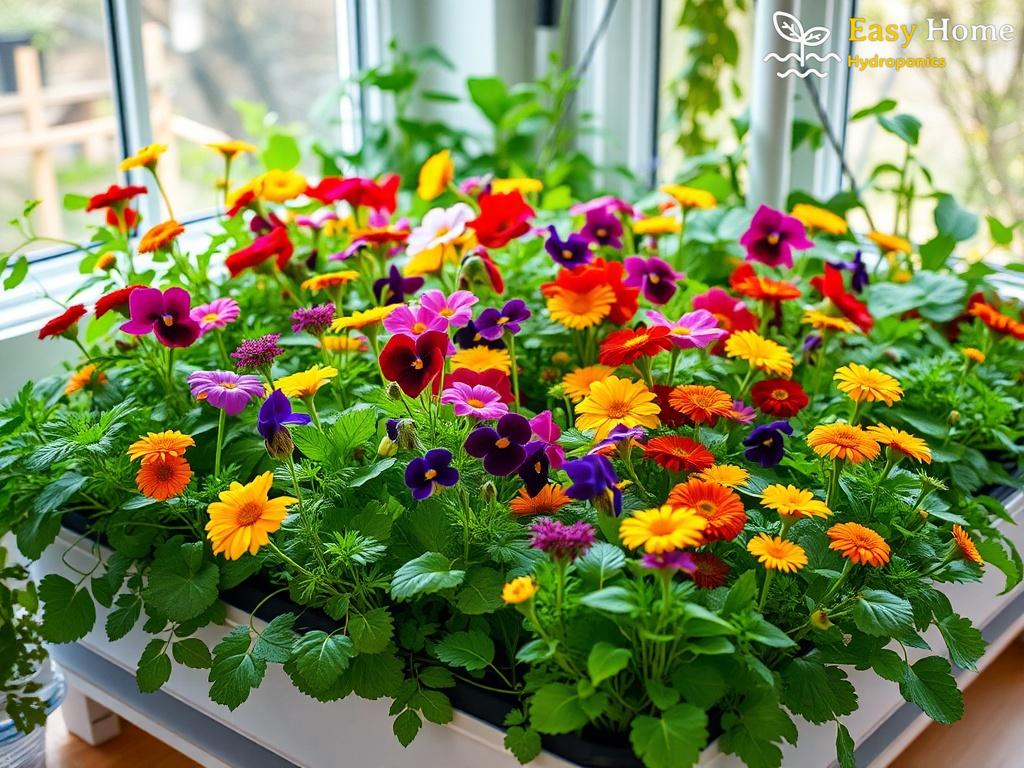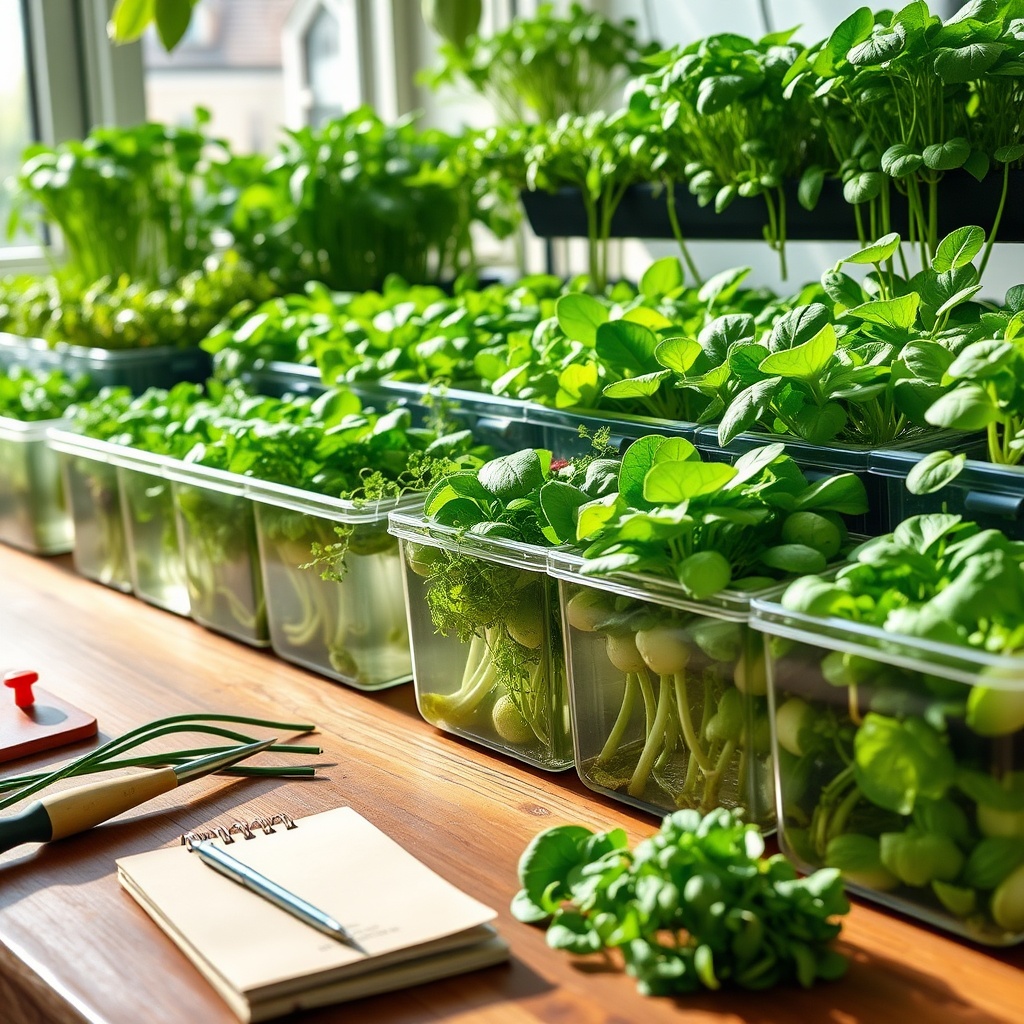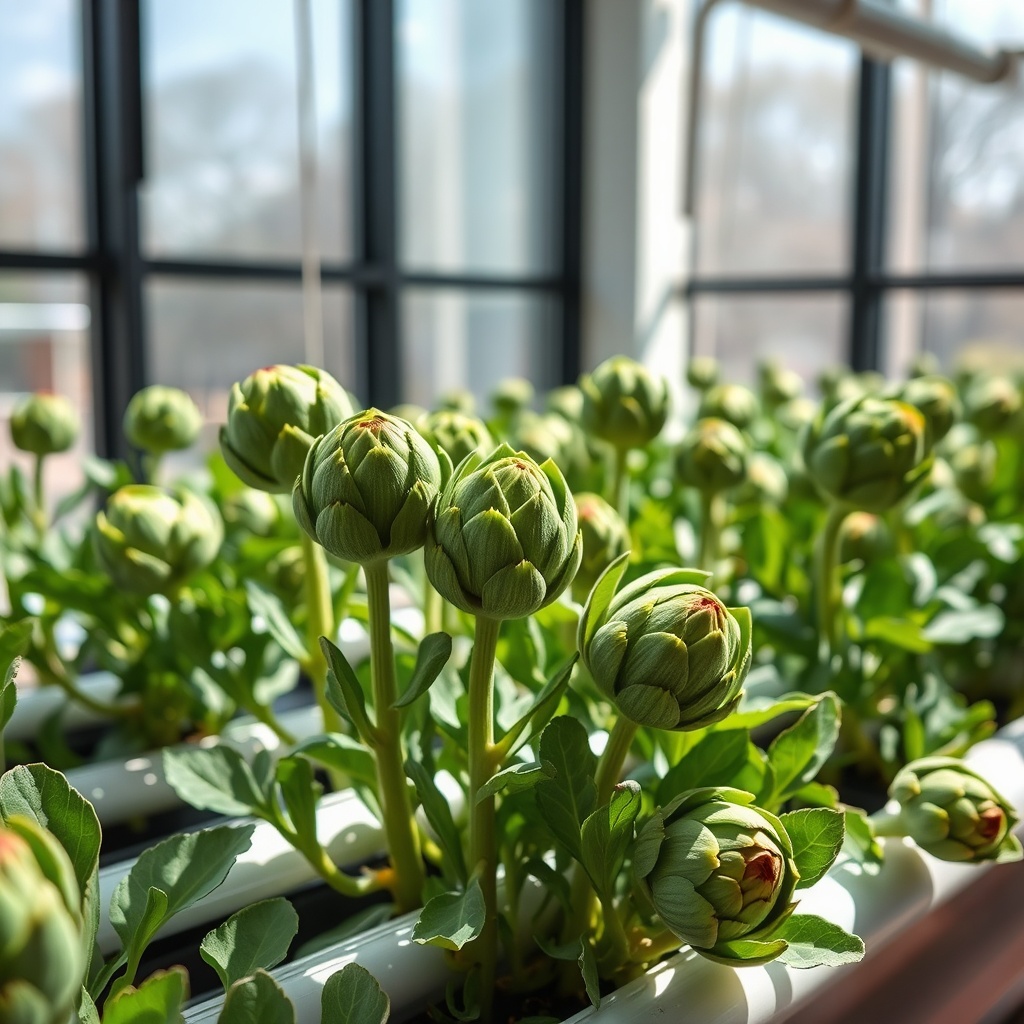The Allure of Edible Flowers: A Flavorful Addition
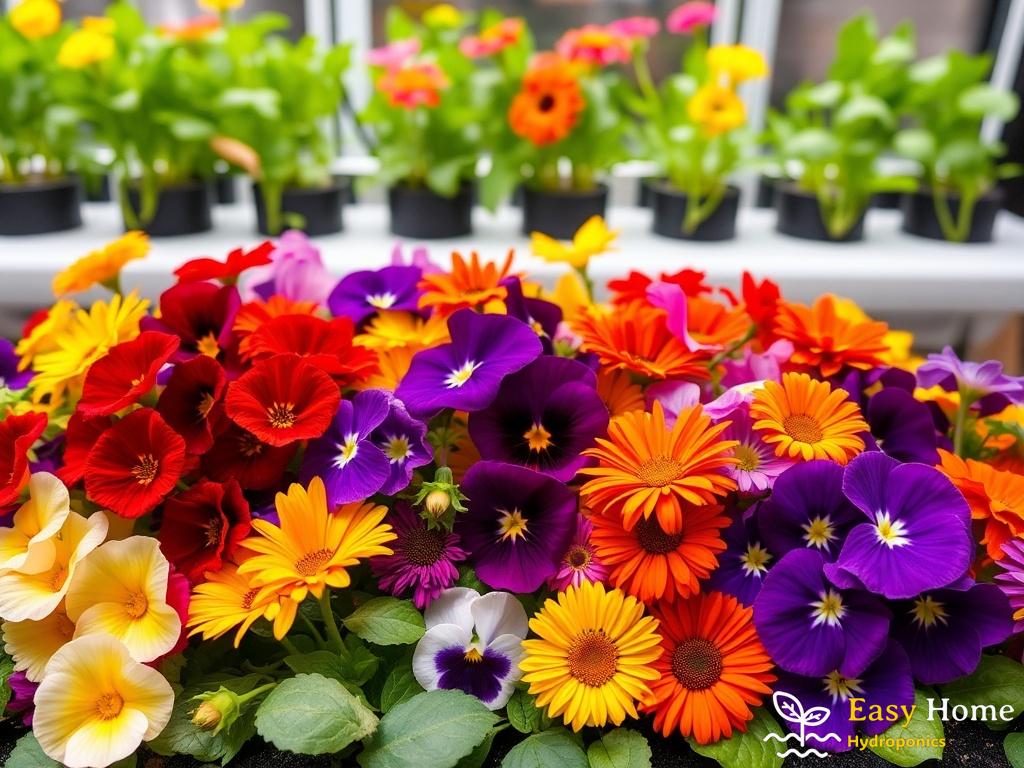
The Beauty of Edible Blooms
Edible flowers have been captivating culinary enthusiasts and home gardeners alike with their vibrant colors and unique flavors. They can transform a simple dish into an extraordinary experience, adding not just visual appeal but also a delightful twist of taste. Imagine garnishing a salad with the delicate petals of nasturtiums or infusing a cocktail with the aromatic essence of lavender. The allure of these blooms goes beyond aesthetics; they are brimming with nutrients and can elevate your culinary creations.
A Palette of Flavors
Edible flowers come in an array of flavors, from sweet to savory, and their diverse profiles can complement various dishes. Here’s a brief exploration of some popular edible flowers and their unique tastes:
| Flower | Flavor Profile | Common Uses |
|---|---|---|
| Nasturtium | Peppery and slightly sweet | Salads, sandwiches, and garnishes |
| Lavender | Floral and herbaceous | Desserts, teas, and syrups |
| Hibiscus | Tart and fruity | Teas, jams, and cocktails |
| Marigold | Citrusy and spicy | Rice dishes, salads, and garnishes |
This comparison illustrates just how versatile edible flowers can be in the kitchen, providing both flavor and a touch of elegance to any meal.
Hydroponic Gardening: The Perfect Environment for Edible Flowers
Growing edible flowers in a hydroponic garden not only maximizes space but also offers a controlled environment that enhances growth. Hydroponics allows you to cultivate these beautiful plants year-round, providing access to fresh blooms regardless of the season. Here are some key benefits of growing edible flowers hydroponically:
- Space Efficiency: Hydroponics makes it possible to grow vertically, which is ideal for small spaces.
- Water Conservation: Hydroponic systems use significantly less water than traditional gardening.
- Pest Management: The controlled environment reduces the likelihood of pests and diseases.
- Faster Growth: Nutrient-rich water promotes quicker growth, leading to earlier harvests.
With the right setup, your home can be a flourishing sanctuary for these enchanting blooms, ensuring that you can enjoy their beauty and flavors all year round.
Essential Hydroponic Techniques for Flower Cultivation
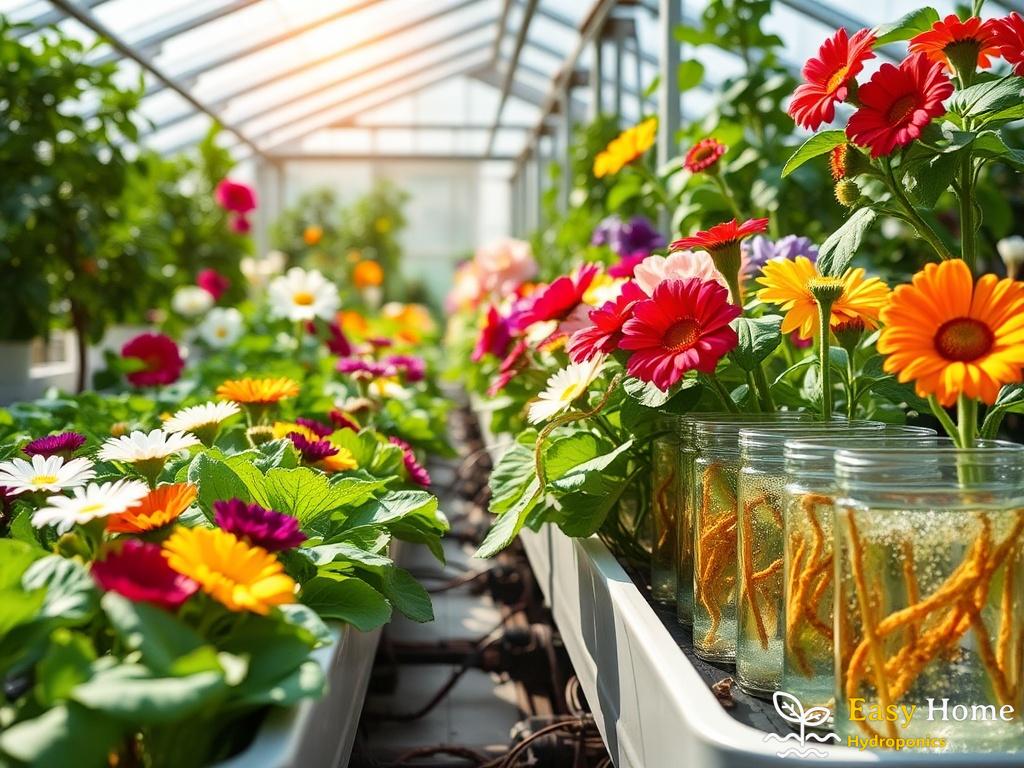
In the world of hydroponic gardening, particularly when it comes to cultivating edible flowers, employing the right techniques is crucial for achieving vibrant blooms and robust flavors. By understanding the specific needs of these delicate plants, you can create an environment that not only nurtures their growth but also enhances their culinary potential. Here, we explore essential hydroponic techniques that will set your edible flower garden apart.
Emphasizing Nutrient Solutions is a fundamental aspect of hydroponic success. Unlike traditional soil gardening, hydroponics relies on nutrient-rich water to feed plants directly at their roots. This method allows for precise control over the nutrient composition, ensuring that edible flowers receive the optimal balance of macronutrients and micronutrients. Regularly monitoring and adjusting your nutrient solution can lead to healthier plants and more flavorful blooms. Consider using a complete hydroponic nutrient solution designed specifically for flowering plants, as this will provide the adequate phosphorus and potassium levels essential for vibrant blossoms.
Light Management is another critical factor in cultivating edible flowers hydroponically. These plants thrive under specific light conditions, and understanding their needs can significantly impact your yield. Utilizing full-spectrum LED grow lights can simulate natural sunlight and promote photosynthesis, leading to more robust growth. Ensure your edible flowers receive about 12 to 16 hours of light per day, adjusting the distance between the light source and the plants to prevent burning. Additionally, rotating your plants regularly can help ensure uniform growth and exposure to light.
Finally, Temperature and Humidity Control cannot be overlooked when creating a hydroponic haven for edible flowers. Most flowers flourish in temperatures ranging from 65 to 75 degrees Fahrenheit. Maintaining a consistent temperature will prevent stress on the plants, leading to better growth rates and flower production. Moreover, monitoring humidity levels is essential, as high humidity can promote mold growth, while low humidity can cause wilting. Utilizing a hygrometer can help you keep track of these levels, allowing for timely adjustments to your growing environment.
By applying these essential hydroponic techniques, you’ll not only cultivate beautiful edible flowers but also enhance their flavor and nutritional value. Your hydroponic garden can become a flourishing oasis that brings joy to both your palate and your senses, making every meal a celebration of flavor.
Top Edible Flowers to Grow in Your Hydroponic Garden
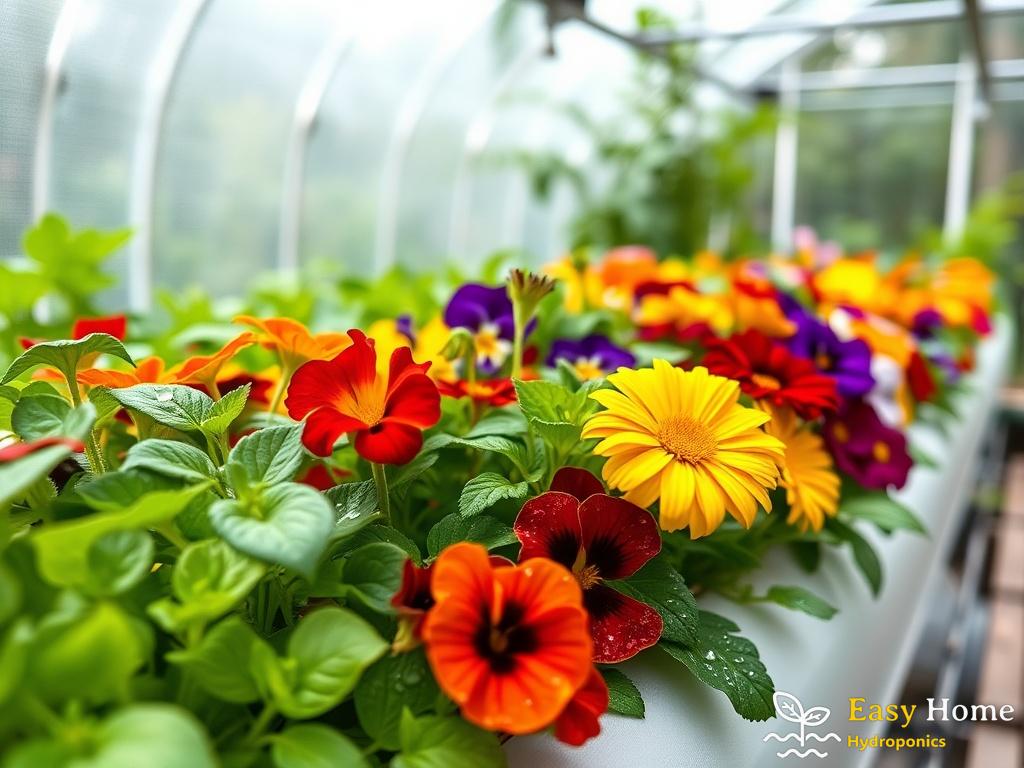
When embarking on the journey of cultivating edible flowers in your hydroponic garden, the choices can be both exciting and overwhelming. Each flower not only brings its own unique flair to your culinary creations but also offers a spectrum of flavors, colors, and health benefits. Selecting the right edible flowers can make your hydroponic haven more vibrant and flavorful. Below, we delve into some of the top contenders that are ideal for hydroponic growth, highlighting their distinctive characteristics and uses.
A Symphony of Flavors and Colors
Edible flowers can elevate any dish, making them perfect for salads, desserts, and beverages. Their vibrant colors and enchanting scents ensure that your meals are not just appetizing but also visually stunning. Here’s a curated list of popular edible flowers that thrive in hydroponic systems:
| Flower | Flavor Profile | Common Uses |
|---|---|---|
| Nasturtium | Peppery and slightly sweet | Salads, sandwiches, and garnishes |
| Marigold | Citrusy and slightly spicy | Rice dishes, salads, and garnishes |
| Chive Blossoms | Onion-like with a hint of garlic | Salads, soups, and as a garnish |
| Bee Balm | Minty and floral | Teas, salads, and desserts |
| Hibiscus | Tart and fruity | Teas, jams, and cocktails |
| Lavender | Floral and herbaceous | Desserts, teas, and syrups |
Choosing the Right Varieties for Hydroponics
When selecting which edible flowers to grow, consider not only their taste and beauty but also their adaptability to hydroponic systems. Some flowers are particularly well-suited for hydroponics, providing a bountiful yield without the complications of traditional soil gardening. Here are a few key considerations:
- Growth Rate: Fast-growing flowers like nasturtium can provide quick satisfaction, making them excellent choices for beginner hydroponic gardeners.
- Space Requirements: Vertical growing options are ideal for flowers such as chive blossoms and marigolds, which can thrive in limited spaces.
- Flavor Versatility: Choosing flowers like bee balm and lavender allows you to experiment with both savory and sweet dishes, increasing your culinary repertoire.
Maximizing Your Hydroponic Flower Garden
To truly make the most of your hydroponic garden, integrating a variety of edible flowers can lead to a diverse and flavorful harvest. Not only do they provide a feast for the senses, they also attract beneficial pollinators, which can enhance the overall health of your garden. By carefully selecting and nurturing your edible flowers, you can create a lush environment that rewards you with beauty, flavor, and nutritional benefits.
Harvesting and Using Edible Flowers: From Garden to Table
The Joy of Harvesting Edible Blooms
As your hydroponic garden flourishes with beautiful edible flowers, the moment of harvesting becomes a celebration of nature’s bounty. Not only does this act connect you with your garden, but it also allows you to appreciate the intricate flavors and aromas these blossoms offer. When harvesting, it is essential to choose the right time; early morning is often the best, as the flowers are at their freshest, having absorbed moisture overnight. Gently snipping the blooms ensures that you maintain their delicate structure, allowing them to shine in your culinary creations.
Transforming Blooms into Culinary Delights
Once you have gathered your edible flowers, the real fun begins in the kitchen. These vibrant additions can elevate a range of dishes, transforming the ordinary into the extraordinary. Think of adding the peppery notes of nasturtiums to a crisp salad or infusing syrups with the fragrant essence of lavender. The versatility of these blooms means they can be incorporated into appetizers, main courses, and even desserts, providing a unique flavor profile that tantalizes the taste buds. For example, hibiscus can be steeped to create refreshing teas or used in cocktails, while marigold petals can add a splash of color and a citrusy twist to rice dishes.
Moreover, the use of edible flowers is not limited to just aesthetics; they carry a wealth of nutrients and health benefits. By integrating these blooms into your meals, you are not only enhancing flavor but also enriching your diet. The subtle flavors of bee balm can complement sweet treats, while chive blossoms can add a gourmet touch to savory dishes.
Preserving the Essence of Your Harvest
To ensure that you can enjoy the delightful flavors of your edible flowers long after the growing season ends, consider methods of preservation. Drying, freezing, or making infused oils are excellent ways to extend the life of your floral harvest. Dried flowers can be used in teas and baking, while frozen blossoms can be added to ice cubes for a visually stunning addition to drinks. Infused oils, made by steeping flowers in olive oil, can bring a burst of flavor to your cooking and serve as a lovely gift for friends and family.
Indeed, the journey from your hydroponic garden to your table is a rewarding experience that brings fresh flavors and vibrant colors to your meals. With a little creativity and care, your home can become a haven for culinary exploration, where every dish tells the story of the flowers you lovingly nurtured.
Common Challenges in Growing Edible Flowers Hydroponically
Navigating the Hydroponic Landscape
Growing edible flowers in a hydroponic system can be an exhilarating journey, but it’s not without its hurdles. As you delve into this innovative gardening method, you may encounter several challenges that could hinder your success. Understanding these potential pitfalls will empower you to create a thriving environment for your beautiful blooms. Let’s explore some of the common challenges faced by hydroponic gardeners and how you can overcome them to ensure a bountiful harvest.
Light, Water, and Nutrient Balance
One of the primary challenges in hydroponic flower cultivation is achieving the right balance of light, water, and nutrients. These three elements are the backbone of any successful hydroponic garden. Without them, your edible flowers may struggle to flourish. Here’s a breakdown of how to manage these essential components:
- Light Management: Proper lighting is crucial for photosynthesis. Utilize full-spectrum LED grow lights to mimic natural sunlight and ensure your flowers receive adequate light for 12-16 hours daily.
- Water Quality: The quality of water in your hydroponic system directly impacts plant health. Regularly test and adjust pH levels to maintain an optimal range (between 5.5 and 6.5) and ensure nutrient absorption.
- Nutrient Solution: Formulating the right nutrient solution is key. Monitor the levels of macronutrients and micronutrients, and adjust as necessary to provide your flowers with the nourishment they need for vibrant growth.
Preventing Pests and Diseases
While hydroponic systems generally reduce the risk of pests and diseases, they are not entirely immune. The enclosed environment can sometimes lead to issues if not managed properly. Here are strategies to help mitigate these risks:
- Regular Monitoring: Conduct routine checks for pests such as aphids or spider mites. Early detection is vital for quick intervention.
- Sanitation Practices: Keep your hydroponic setup clean. Regularly clean equipment and remove any dead or decaying plant material to discourage pests.
- Biological Controls: Consider introducing beneficial insects like ladybugs or using organic pest control methods to maintain a healthy ecosystem within your garden.
By addressing these common challenges head-on, you can cultivate a flourishing hydroponic garden filled with edible flowers that not only enhance your meals but also bring joy and beauty to your home. With patience and the right approach, your hydroponic garden can thrive, turning your culinary creations into masterpieces adorned with colorful and flavorful blooms.

